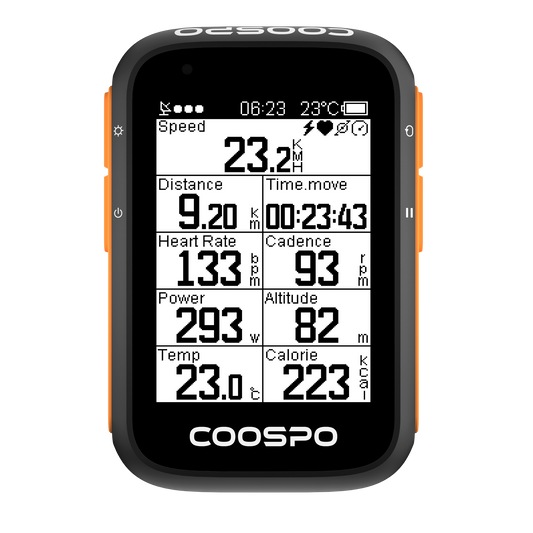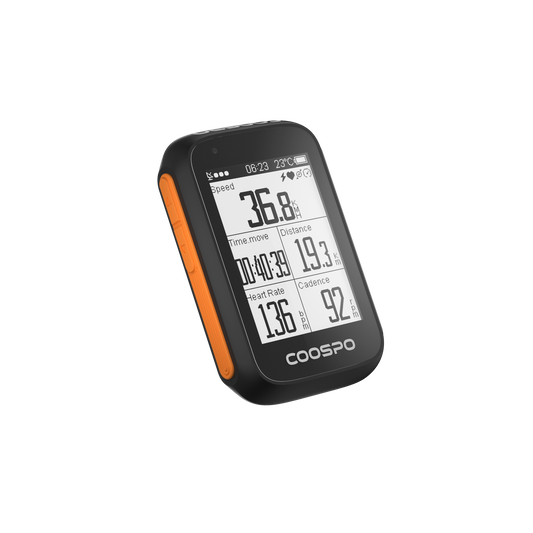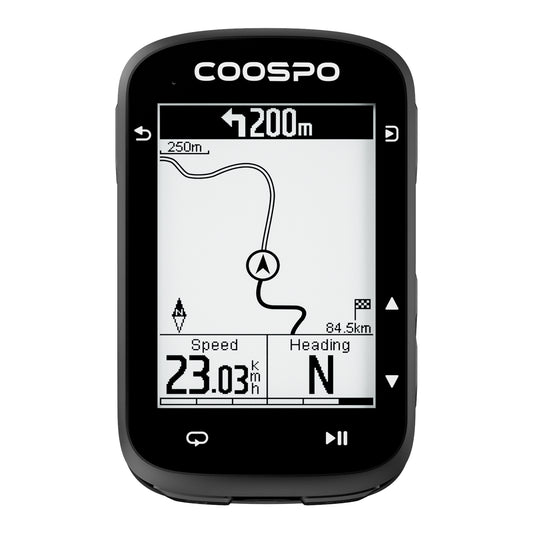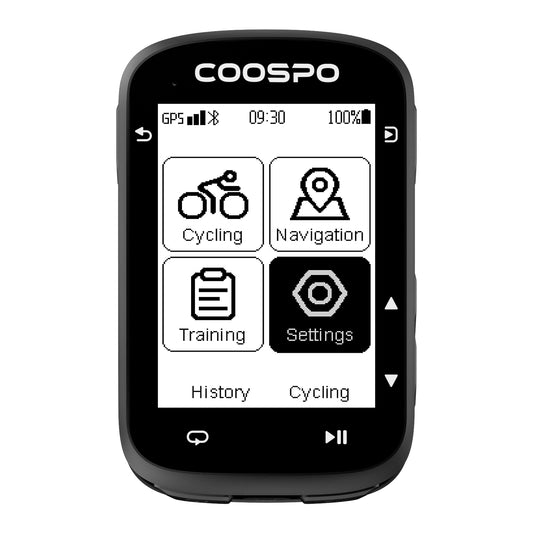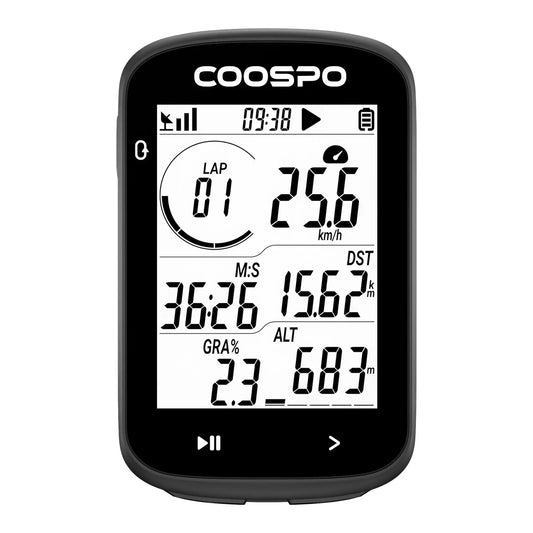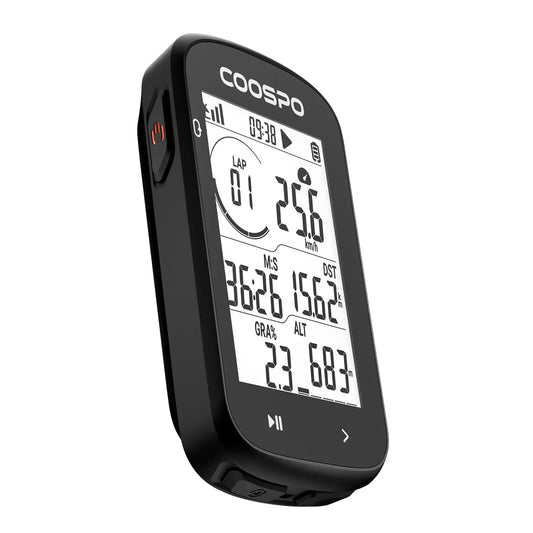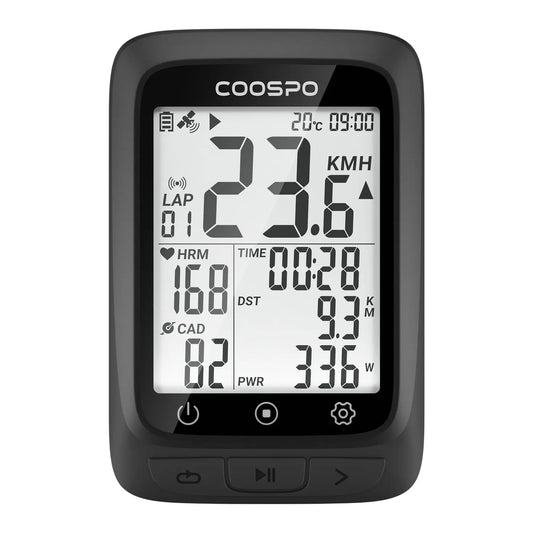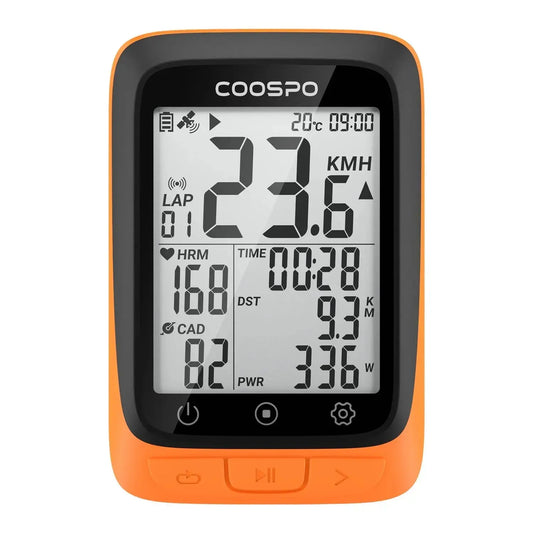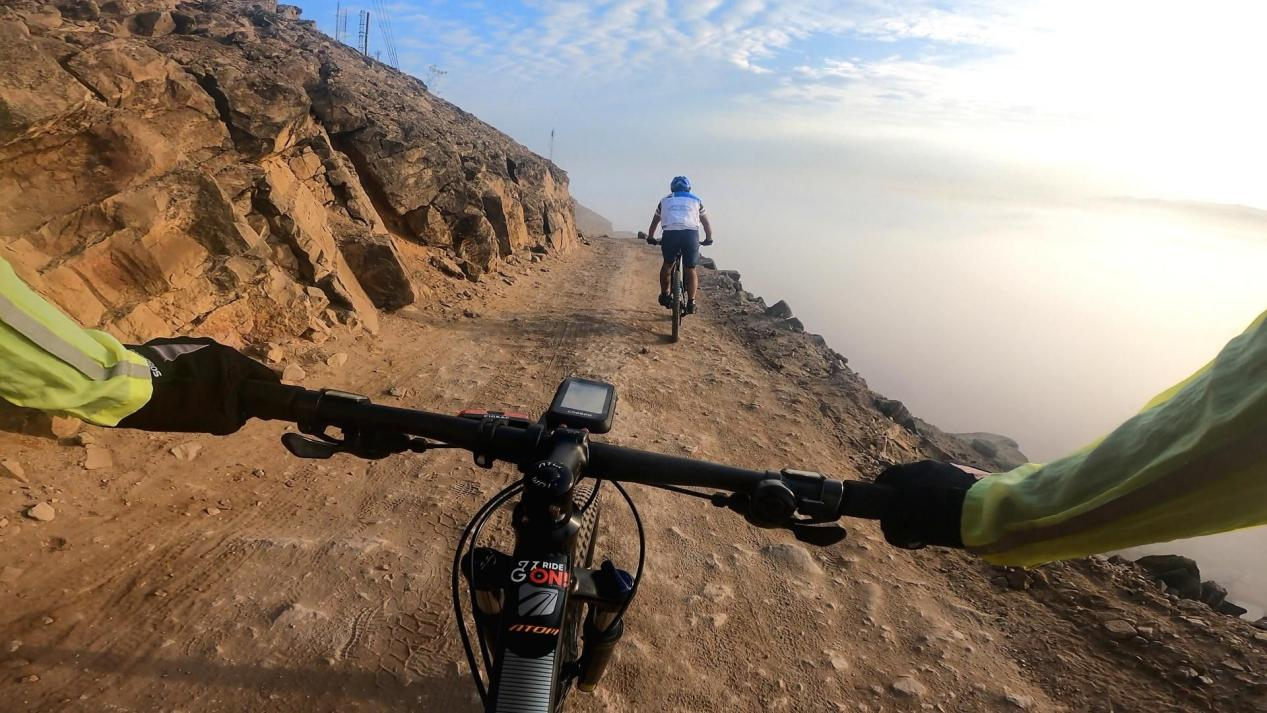How to Manage And Avoid Common Cycling Injuries
Cycling is a popular way to stay fit and get around, bringing lots of health benefits. But staying in top form can be unpredictable. One day you're feeling great, pedaling smoothly, and the next you might struggle with discomfort and pain.
Knowing about typical cycling injuries, how to treat them, and ways to prevent them can help cyclists stay healthy and continue enjoying the ride.

Remember that your body is interconnected - symptoms could be misleading, so it's important to see a professional like a physiotherapist or osteopath if you have a persistent injury. They can help find and treat the root cause.
IMPACT INJURIES
Impact injuries are often caused by falling or crashing into something. They can vary in severity from minor scrapes to serious fractures and head injuries. Some common impact injuries include:
Road Rash: The annoying but less serious injury from a crash is road rash. It happens when the skin scrapes against the road. Treatment involves cleaning the wound well to prevent infection, applying antibiotic ointment and a dressing, and keeping it clean and dry for a few days to heal.

Fractures: Collarbones (clavicles) are commonly fractured in cyclists because they often fall onto outstretched hands. The good news is they usually heal in about six weeks. During recovery, you can still use a turbo trainer.
Head Injuries: Head injuries like concussions can occur if a cyclist's head hits the ground. Concussions need significant rest, including time away from screens. Wearing a well-fitted helmet is the best way to prevent these injuries.
LOWER BACK PAIN
Spending hours hunched over handlebars is a major reason cyclists often suffer from lower back pain. This issue gets worse because many of us have jobs that involve a lot of sitting and leaning over computer screens, making it even more common.

Prevention:
On the bike position: If you have a very aggressive position with a long stem and low handlebars, consider raising them to reduce pressure.
Off the bike posture: If you sit at a desk, pay attention to your posture. Make sure your setup doesn't force awkward twisting, and ensure your chair is comfortable.
Core strength: Weak core muscles can cause your lower back to strain on the bike. Strengthening your core not only helps prevent this but also boosts your overall riding power by providing a stronger base for your legs. It's a win-win!
KNEE PAIN
The upper and lower leg joints can pop out of place if something pulls them in the wrong direction or if they're not moving correctly.

Treatment:
Rest and Ice: It is beneficial to rest the knee and apply ice to reduce pain and inflammation.
Stretching and Strengthening: Engaging in exercises that stretch and strengthen the muscles surrounding the knee—such as the quadriceps, hamstrings, and hip muscles—can effectively alleviate pain.
Anti-inflammatory Medications: Non-steroidal anti-inflammatory drugs (NSAIDs) are recommended to help manage pain and reduce inflammation.
Physical Therapy: Consulting with a physical therapist allows for tailored exercises and techniques that target the root causes of knee pain.
Prevention:
- Ensuring your bike is correctly fitted to your body prevents unnecessary strain on your knees.
- Avoiding excessive knee movement by maintaining a proper pedaling technique is crucial.
- Gradually increasing the intensity and duration of your rides helps prevent overuse injuries.
- Including cross-training activities in your routine helps minimize repetitive stress on your knees.
WRIST, ARM, HAND AND NECK PAIN
Discomfort in the neck and wrists often arises from excessive pressure being transmitted through the upper body. In an optimal scenario, approximately 60 percent of your body weight should be distributed towards the rear of the bicycle, with the remaining 40 percent towards the front. If too much pressure is focused on the handlebars, it can lead to strain on the arms and wrists.
Therefore, it is crucial to ensure that the reach to the handlebars is not overly long and that the handlebars are not positioned too low. Neck pain may also result from handlebars that are too low, as the rider may be required to overextend their neck in order to look up and see the road ahead.
Wrist discomfort can occur when the handlebar position forces an unnatural angle. By loosening the stem bolts and adjusting the position of the handlebars and hoods, you can alleviate this issue - rotating the bars upwards can help reduce the reach slightly.
Prevention:
Choosing compact or shallow drop handlebars can minimize the reach required when riding in the drops, offering a viable solution to relieve pressure.

Cycling mitts and gloves feature padded sections designed to prevent nerve compression. Persistent numbness, however, warrants medical attention to avoid potential chronic injury.
HOT FOOT
Hot foot, also known as metatarsalgia, is a burning sensation in the ball of the foot caused by pressure on the nerves between the metatarsal bones. It often happens because of shoes that don't fit well, improper cleat position, or overuse.
Prevention:
- Summer: If your feet swell in summer, loosen your shoes if possible or find shoes that allow more airflow.
- Winter: Thick socks can restrict blood flow to your feet in winter. Opt for thinner, warm socks or consider wider cycling shoes.
- Cleat Placement: Check if cleats distribute pressure evenly across your foot. Some cleats with larger platforms can help.
- Outer Foot Pain: Pain on the outside of the foot might mean you need better insole support. Custom insoles can be molded to fit your foot, correcting issues like knee pain from improper foot alignment.
Cycling is great for staying fit, but it's important to know about common injuries and how to prevent and treat them. A good bike fit, proper gear like a bike computer and heart rate monitor, and a balanced training routine are key to reducing injury risks.



